By the time the British Pacific Fleet began staging air strikes against the Japanese in the spring of 1945, its aircraft carrier commander had already seen plenty of naval action since the beginning of World War II. Admiral Philip Vian was known as a fighter, having earned the reputation repeatedly.
Vian, commander of the 4th Destroyer Flotilla, was aboard the destroyer HMS Cossack, which, on orders from Prime Minister Winston Churchill, violated Norwegian neutrality on February 16,1940, and attacked the German supply ship Altmark in Jossing Fjord. Altmark had been a provisioning vessel for the pocket battleship Graf Spee, which had taken a toll on British shipping in the Atlantic. Vian knew that the ship’s hold was a makeshift prison for a large number of seamen captured by Graf Spee when their merchantmen had been sunk. British sailors struggled briefly with the German crew and then freed 299 prisoners from the Altmark’s hold. Vian received the Distinguished Service Order (DSO) for leading the engagement.
A 1911 graduate of the Royal Naval College at Dartmouth, Vian was already a seasoned destroyer veteran at the outbreak of World War II. In October 1940, his destroyers took part in Operation DM and decimated a German convoy near Norway. For this action, the modern-day swashbuckler earned a bar to his DSO.
Sinking of the Bismark
In May 1941, Vian’s five destroyers, four British and one Polish, were escorting troop convoy WS8B when the Admiralty signaled the commander to abandon his current duty and steam toward a rendezvous with the battleships King George V and Rodney. The ships then engaged in the greatest chase in the history of naval warfare, hunting the Nazi battleship Bismarck.
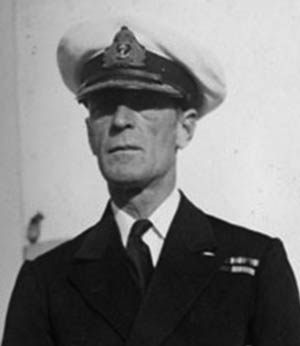 When the opportunity presented itself, the admiral ordered his tiny warships to attack the enemy giant with torpedoes. While no hits were recorded, the intrepid action contributed to the eventual sinking of the Bismarck, and Vian received a second bar to his DSO. He was promoted to rear admiral two months later. Vian later wrote to Admiral John Tovey, his superior officer during the chase, that his duty had been, “Firstly, to deliver to you at all costs the enemy, at the time you wished. Secondly, to try to sink or stop the enemy with torpedoes in the night if I thought the attack should not involve the destroyers in heavy losses.”
When the opportunity presented itself, the admiral ordered his tiny warships to attack the enemy giant with torpedoes. While no hits were recorded, the intrepid action contributed to the eventual sinking of the Bismarck, and Vian received a second bar to his DSO. He was promoted to rear admiral two months later. Vian later wrote to Admiral John Tovey, his superior officer during the chase, that his duty had been, “Firstly, to deliver to you at all costs the enemy, at the time you wished. Secondly, to try to sink or stop the enemy with torpedoes in the night if I thought the attack should not involve the destroyers in heavy losses.”
As the war progressed, Vian, who had reached flag rank at the age of 47, commanded task groups in northern waters and the Mediterranean. His ships destroyed German mining facilities on the island of Spitsbergen and fought units of the Italian Navy while on convoy duty. For his conduct in the Second Battle of Sirte, he received personal congratulations from Churchill and was designated a Knight Commander of the British Empire.
A Short Rest
With his health deteriorating, Vian was sent home for a rest in September 1942, but he contracted malaria when his aircraft suffered mechanical failure in West Africa. After months of illness, he was ordered to return to the Mediterranean to replace a commander who had been killed in a plane crash.
Vian commanded amphibious forces during the invasions of both Sicily and the mainland of Italy. On June 6, 1944, he led a combined force of aircraft carriers and cruisers in support of the D-Day invasion. That November, he was promoted to vice admiral and received the award of Knight Commander of the Order of the Bath.
After the Navy
When the war ended, the admiral was named fifth sea lord of the Admiralty with responsibilities for naval aviation, became commander in chief of the Home Fleet, and reached the rank of admiral of the fleet. He retired from the Royal Navy in 1952 and served as a director of a large insurance company and a bank before his death on May 22, 1968.
Vian is remembered as an aggressive commander who never shrank from his duty. His own personal modesty may be the primary reason for his relative obscurity in the pantheon of great naval heroes of World War II.
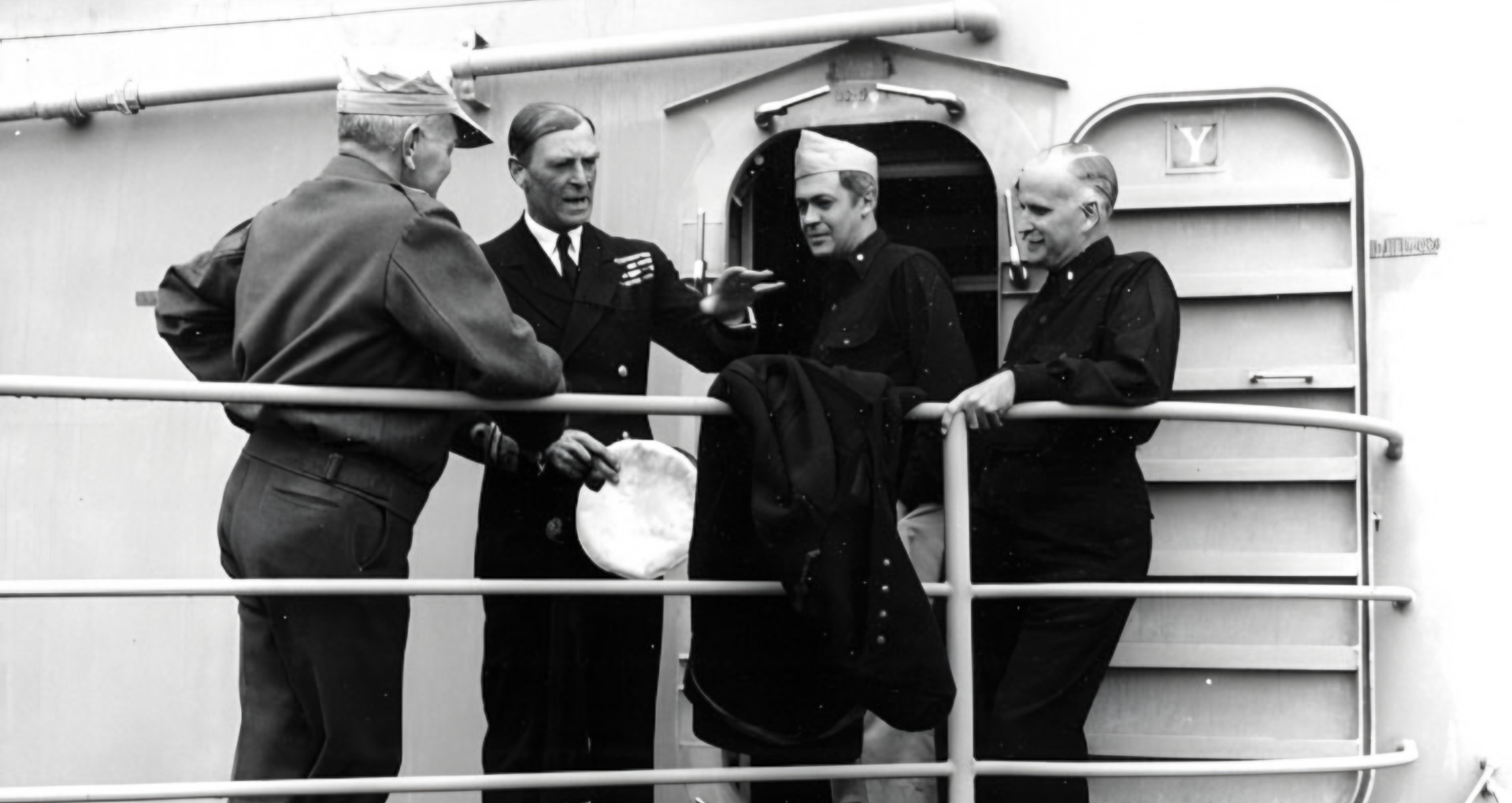
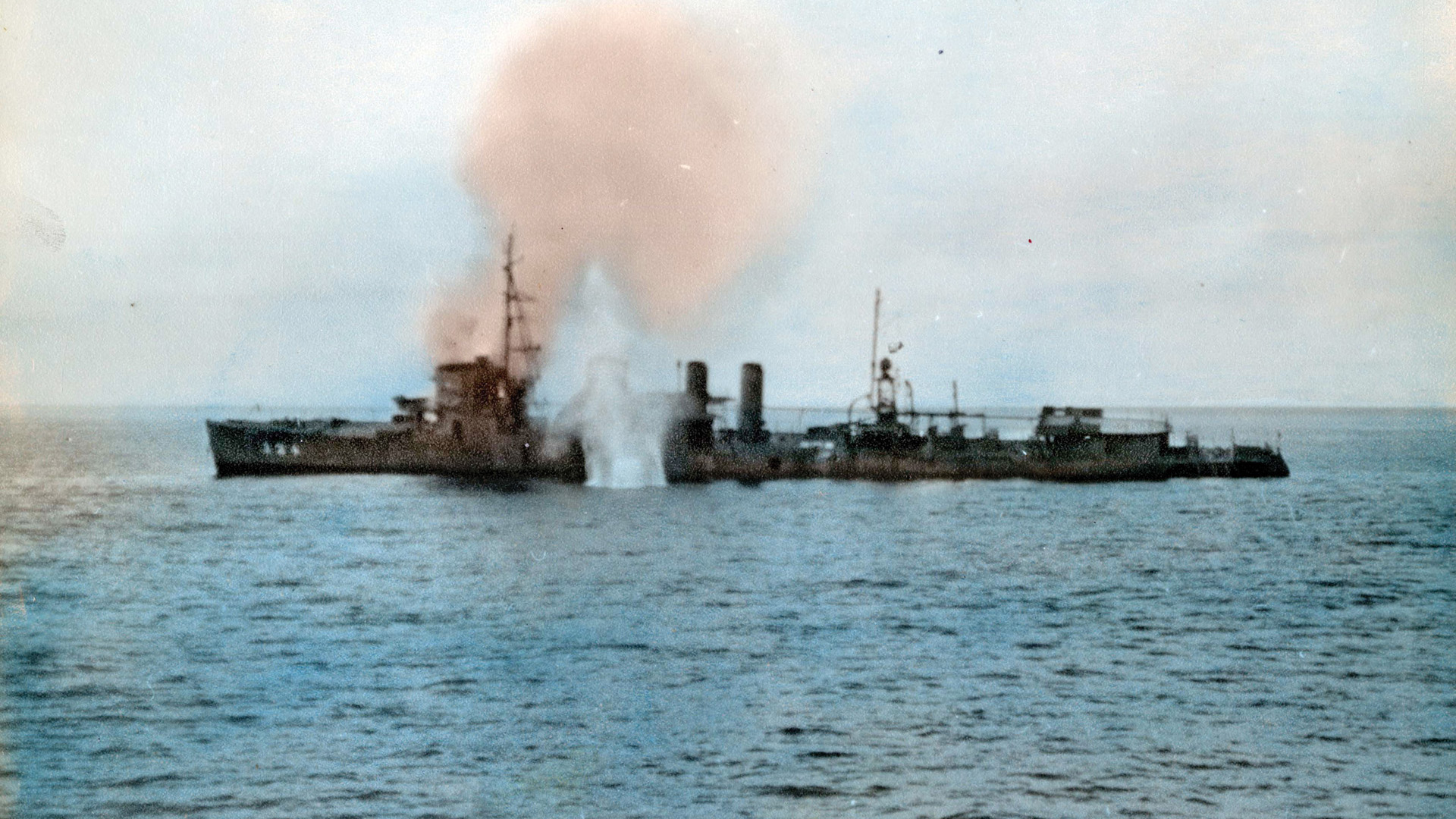
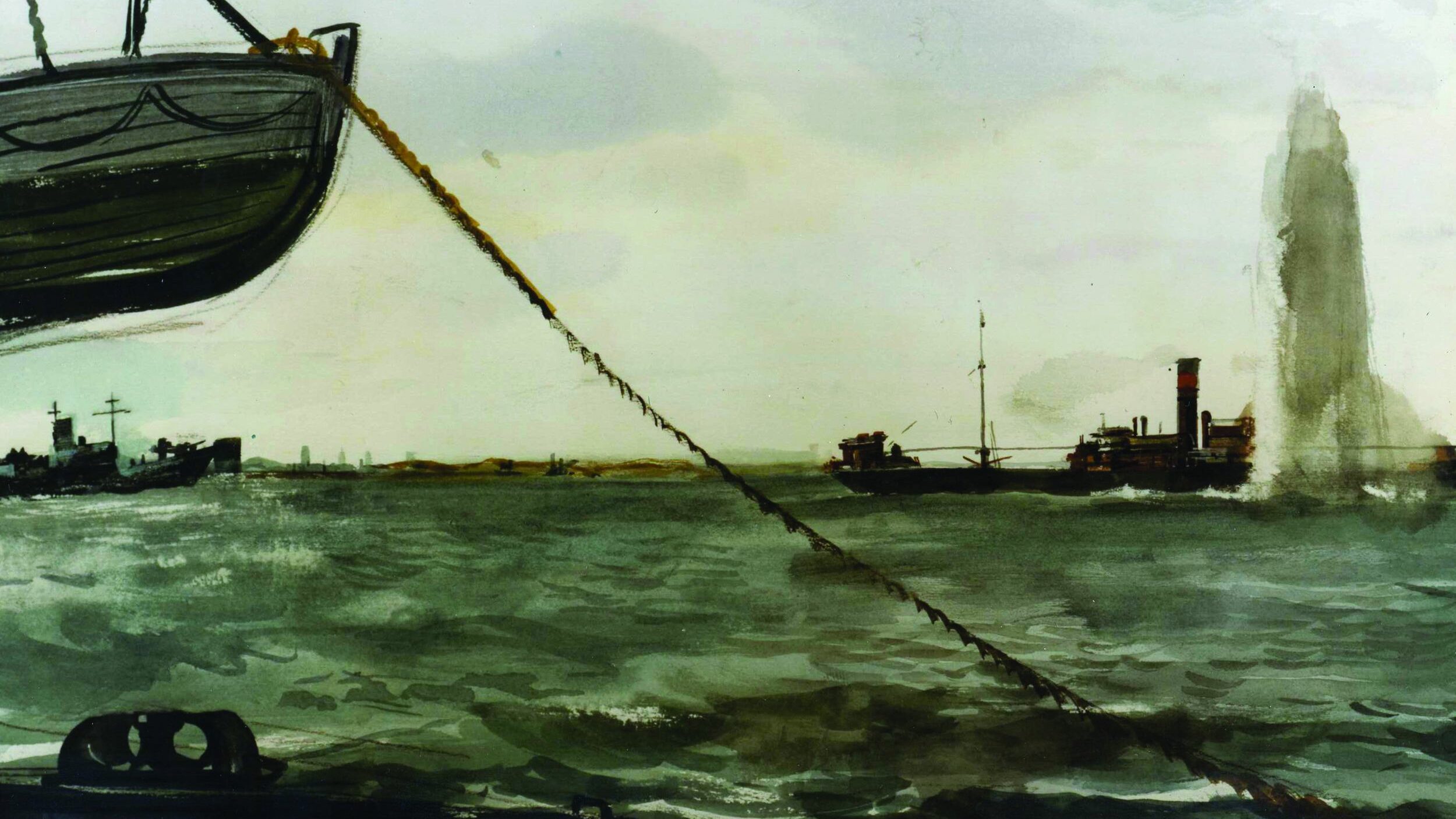
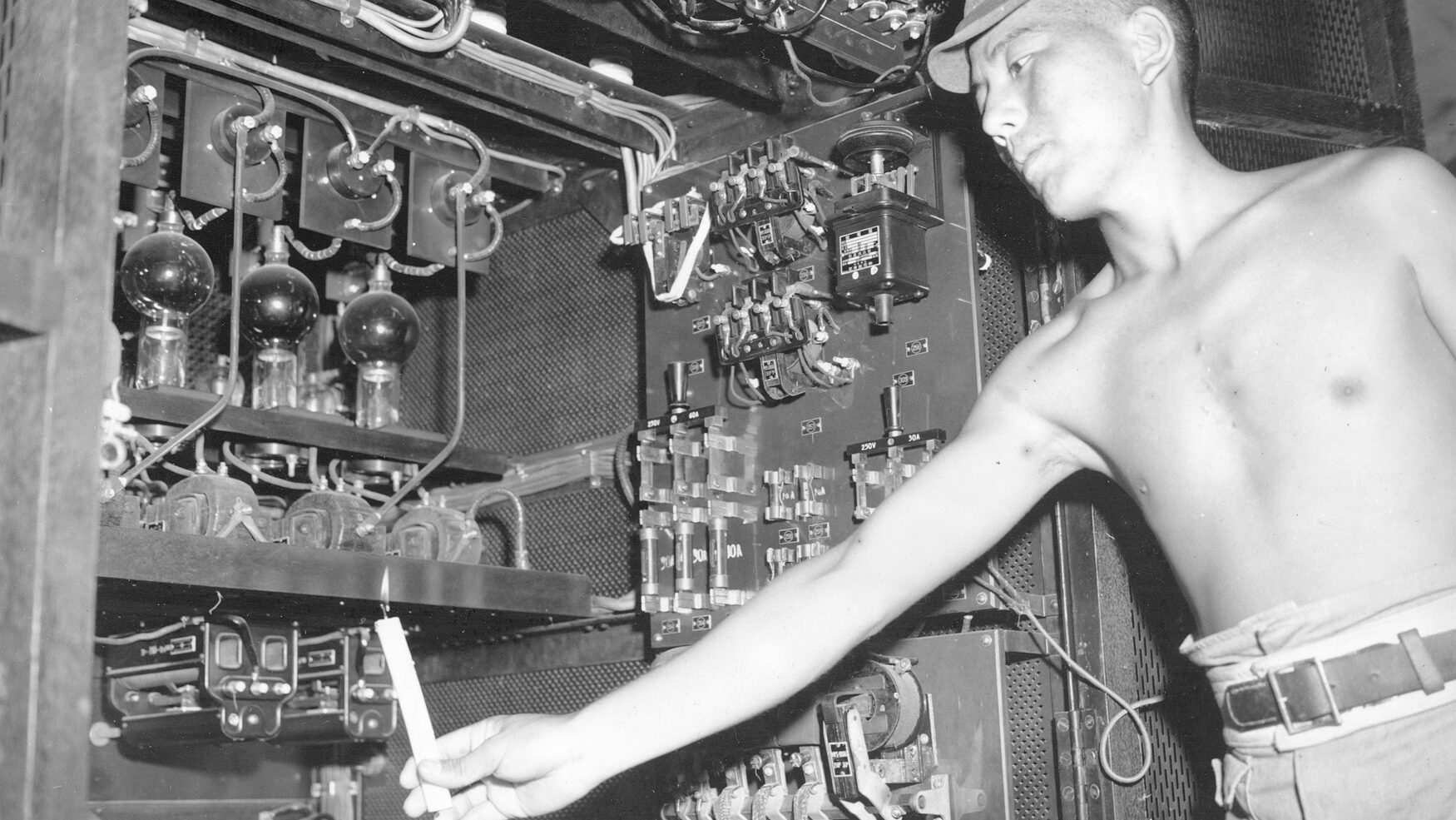
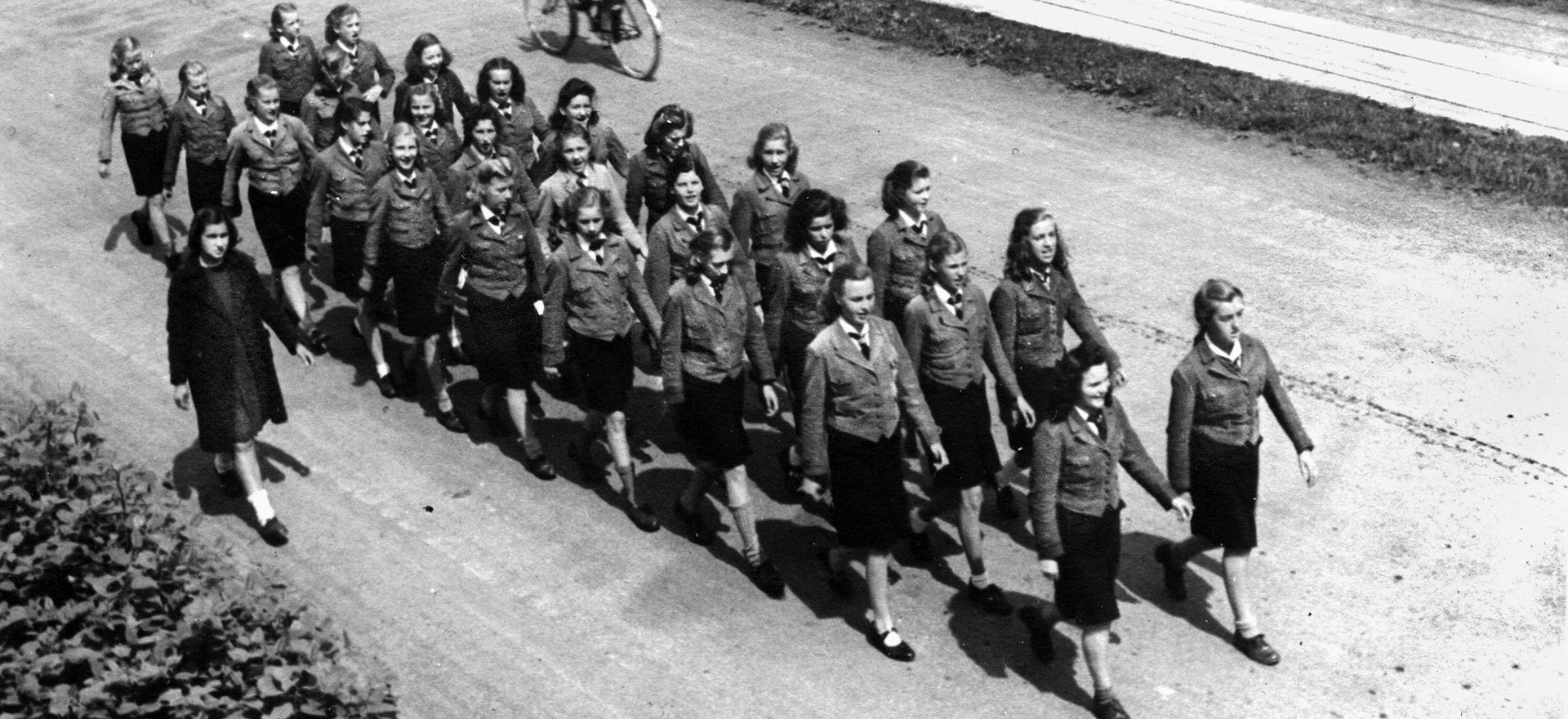
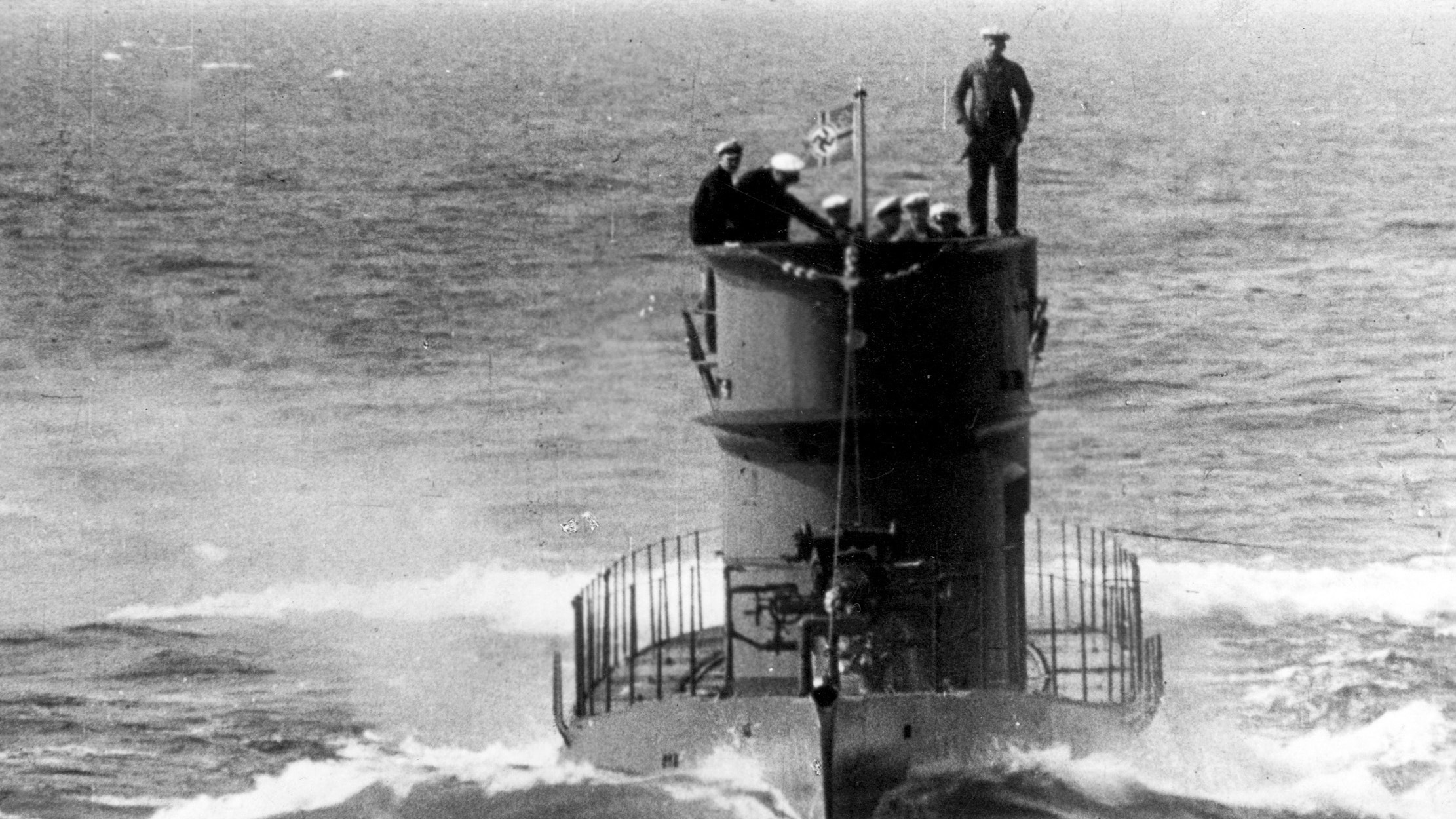
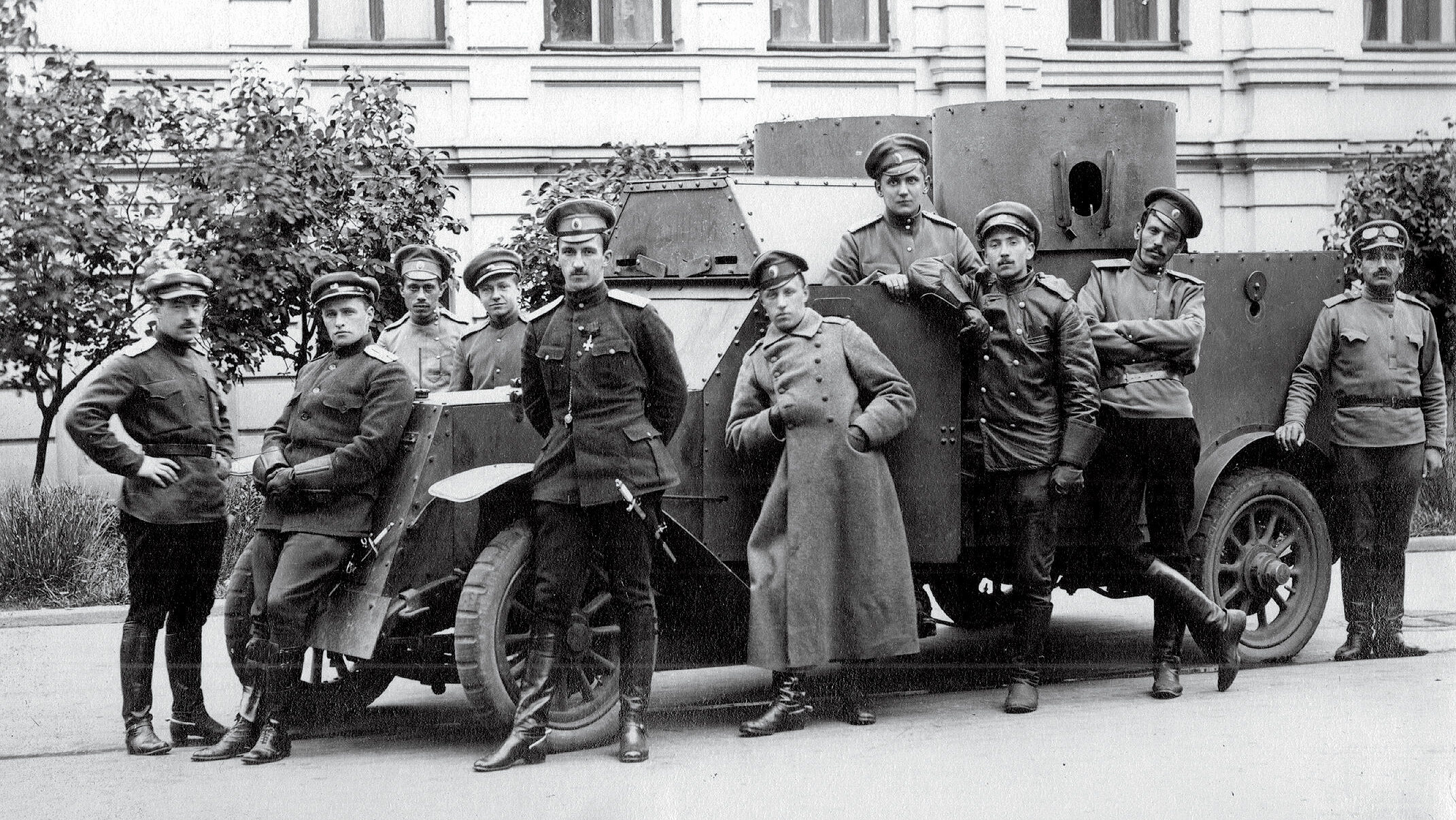
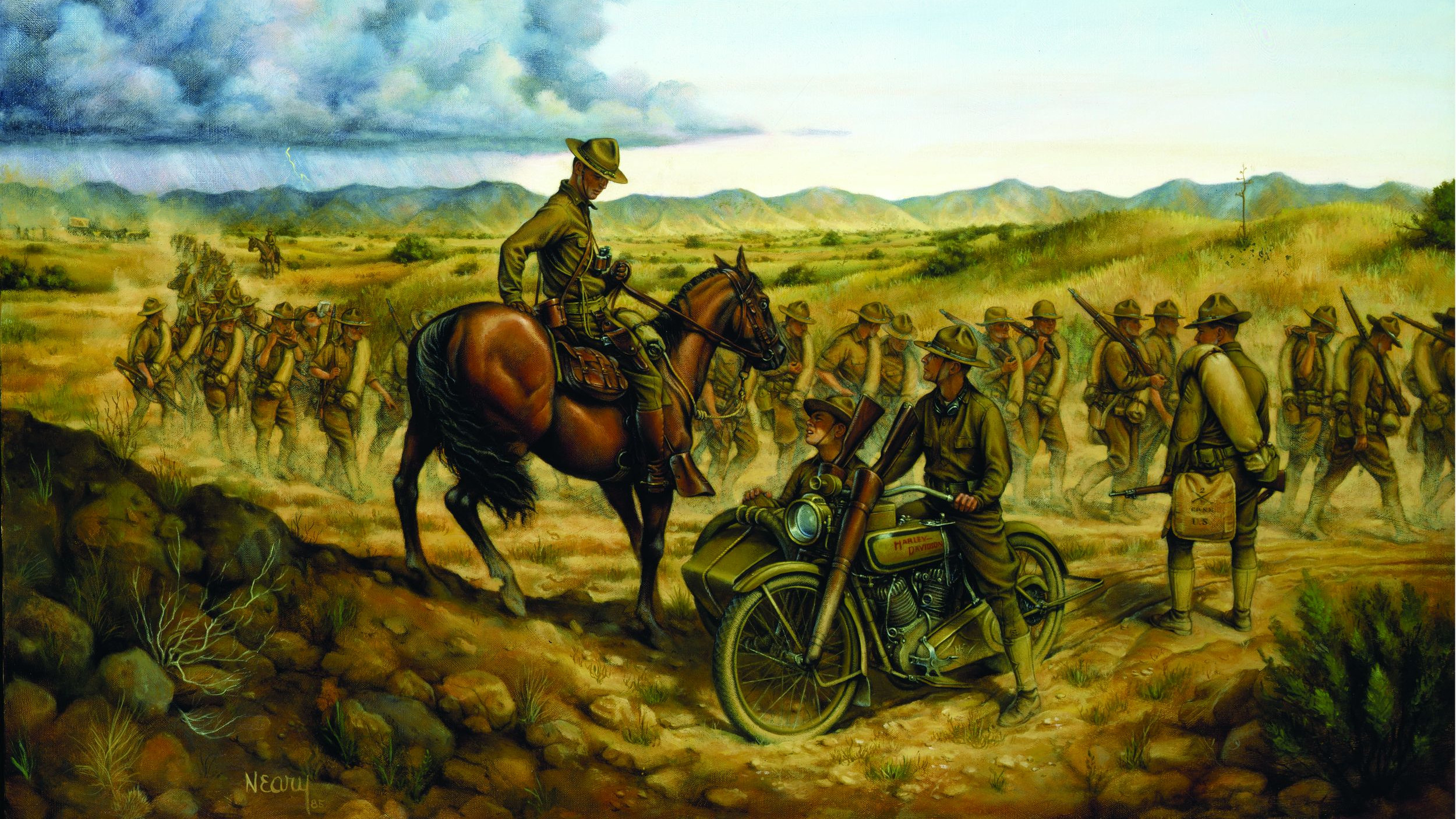
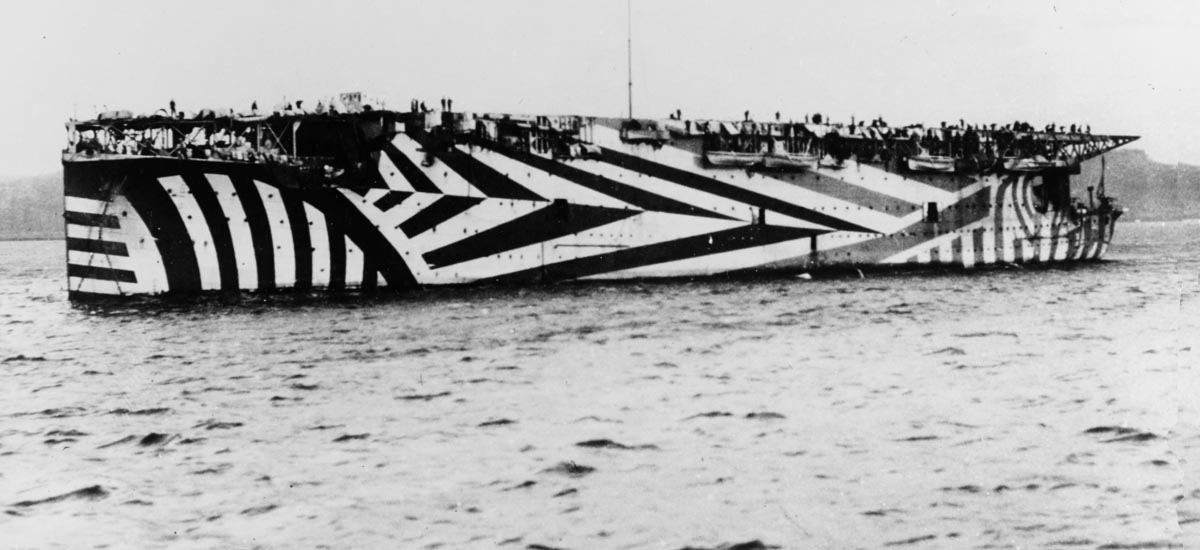
Join The Conversation
Comments
View All Comments